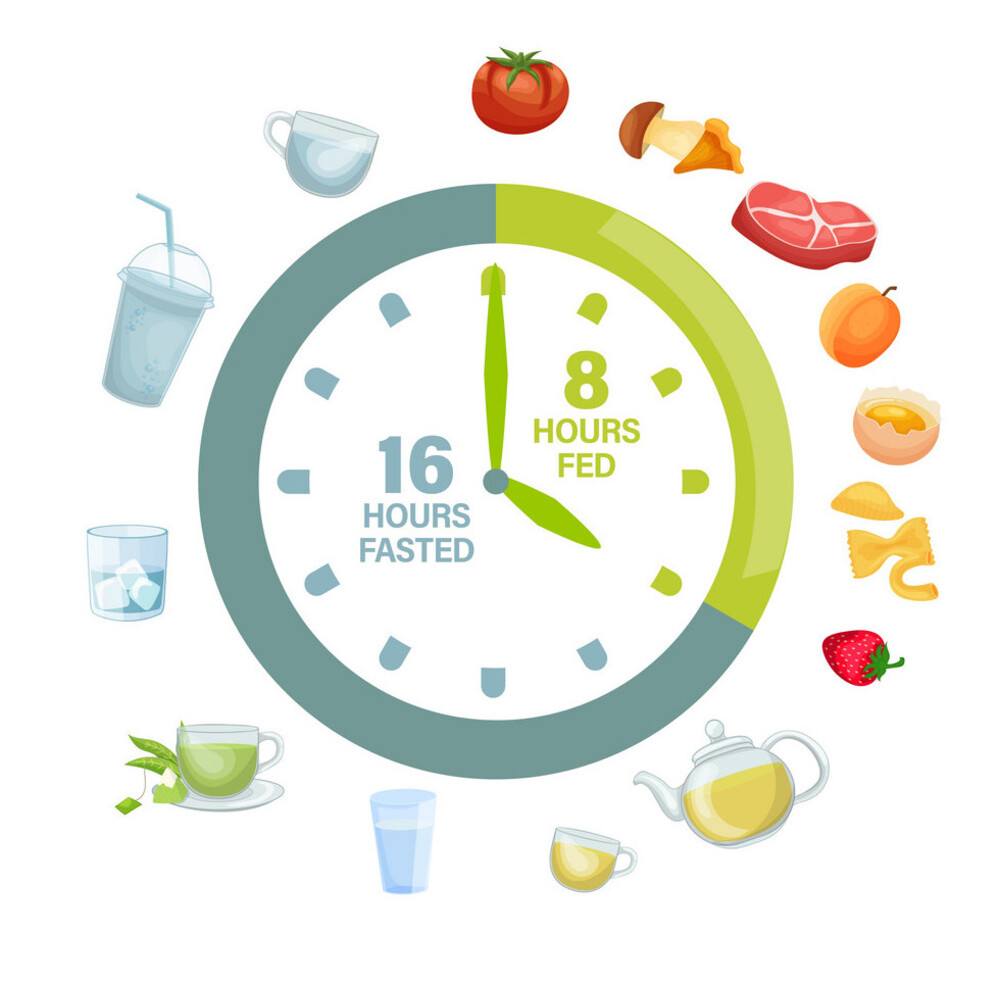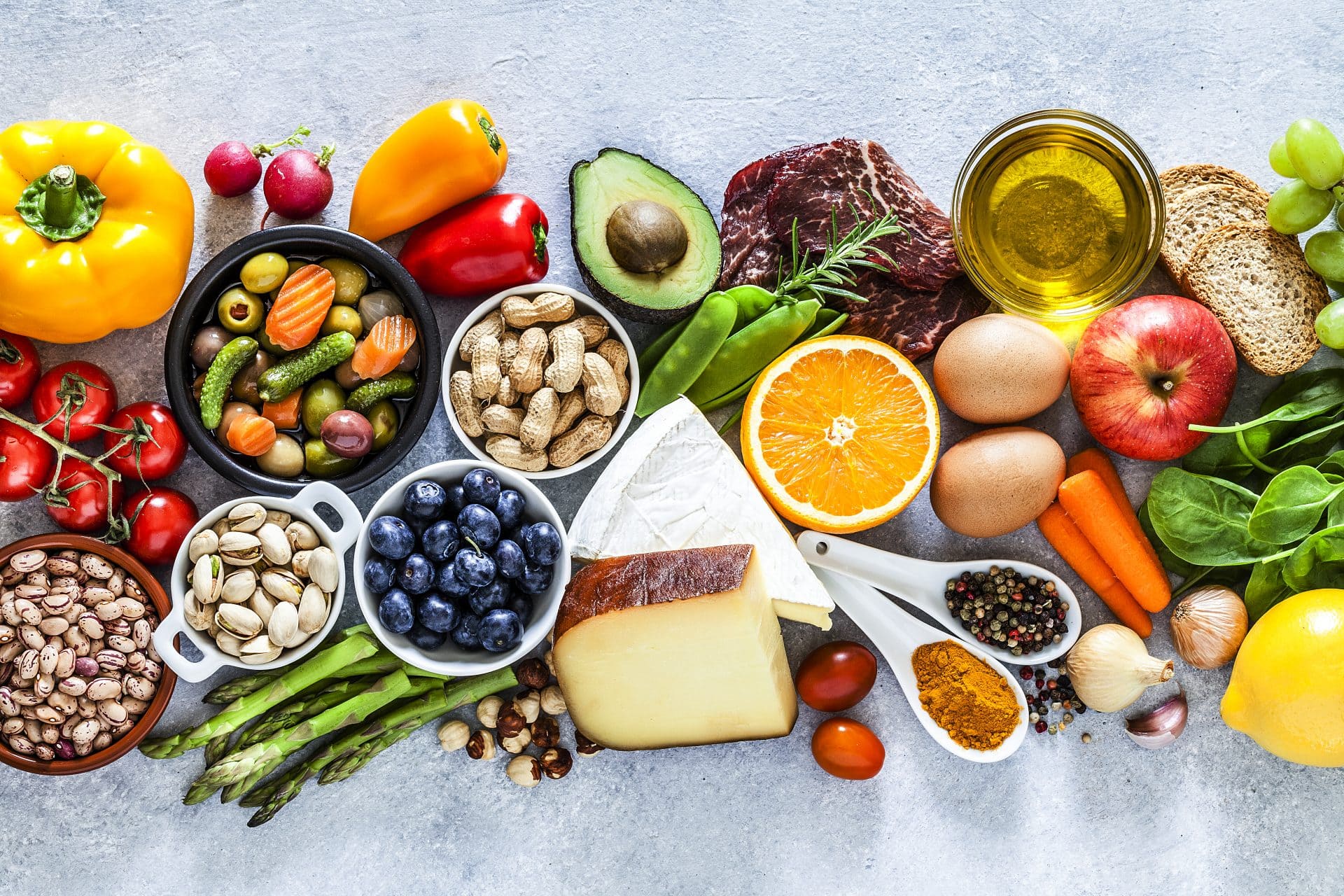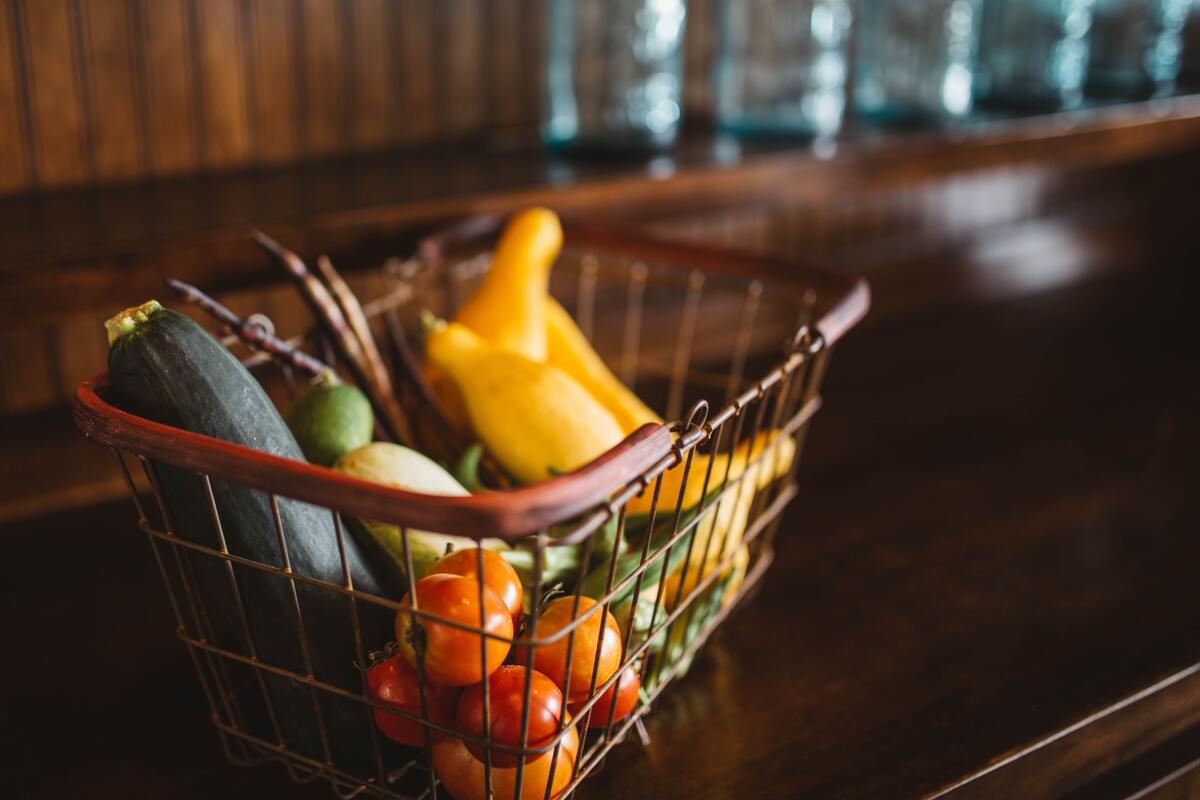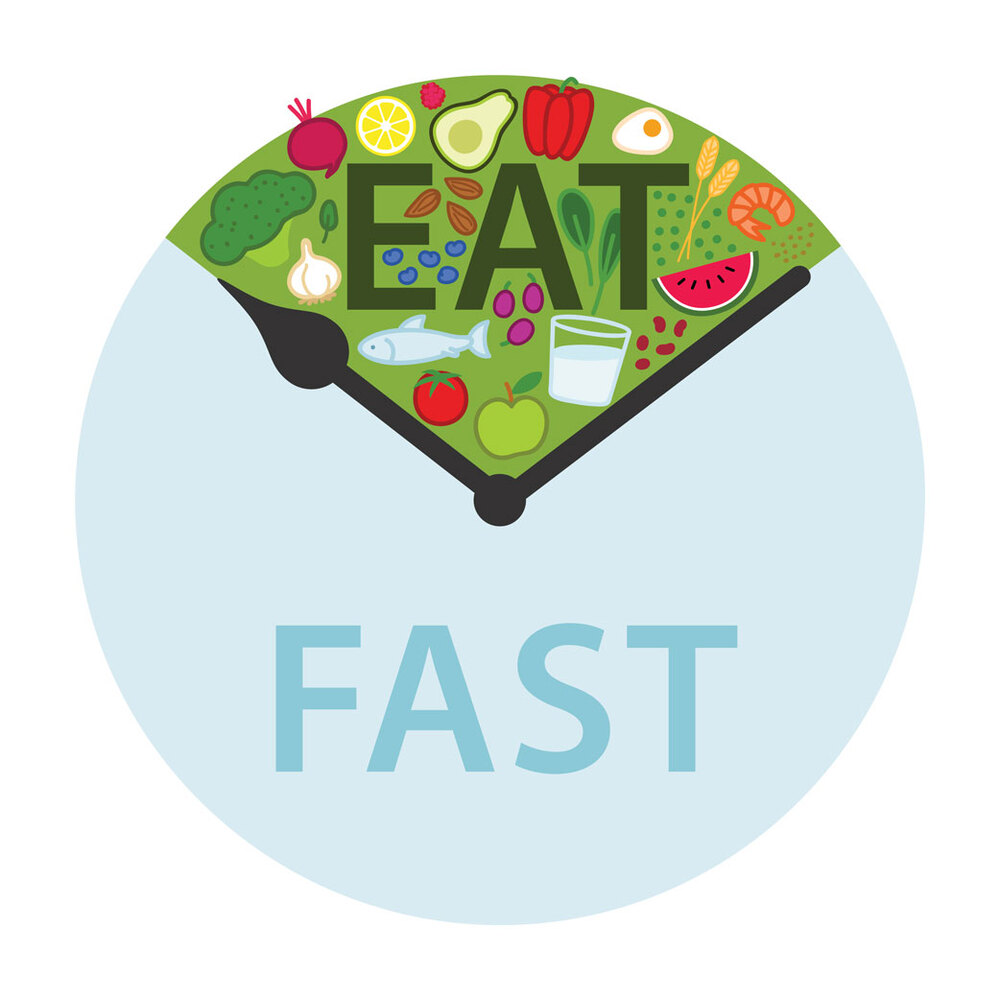Intermittent Fasting and Keto: A Powerful Combination for Rapid Weight Loss
Intermittent Fasting and Keto: A Powerful Combination for Rapid Weight Loss
Are you tired of following fad diets that promise quick results but fail to deliver? Have you considered combining two of the most popular diets today: Intermittent Fasting and Keto? Want to lose weight fast on Keto or Fasting?
Both Intermittent Fasting and Keto have become increasingly popular over the years due to their effectiveness in promoting weight loss and improving overall health. By combining these two diets, you can accelerate your weight loss journey and reap even more benefits.
In this article, we'll explore the basics of Intermittent Fasting and the Keto diet, their individual benefits, and how to combine them for optimal results.
Intermittent Fasting: The Basics
Intermittent Fasting, or what some people say a “fasting diet”, is an eating pattern that involves cycling between periods of eating and fasting. It does not restrict what you eat but when you eat. There are different types of Intermittent Fasting schedules, including the 16/8 method, the 5:2 diet, and the alternate-day fasting.
The benefits of Intermittent Fasting include weight loss, improved insulin sensitivity, reduced inflammation, and enhanced brain function. It can also help lower your risk of chronic diseases like heart disease, diabetes, and cancer.
Keto Diet: The Basics
The Keto diet is a low-carb, high-fat diet that aims to put your body in a state of ketosis. In ketosis, your body burns fat for fuel instead of glucose, leading to rapid weight loss.
The benefits of a Keto diet include weight loss, improved blood sugar control, reduced inflammation, and enhanced brain function. It can also help lower your risk of heart disease and some cancers.
What to eat on Keto Diet?
A typical Keto diet plan might include foods like high-quality protein sources such as grass-fed beef, wild-caught fish, and free-range poultry, as well as healthy fats like avocado, olive oil, and coconut oil. Low-carb vegetables like leafy greens, broccoli, and cauliflower are also commonly included in a Keto diet plan. Snacks might include nuts, seeds, and cheese, while desserts might be made with low-carb sweeteners like stevia or erythritol. To stay in a state of ketosis, it's important to limit carbohydrate intake to around 20-30 grams per day and focus on consuming adequate amounts of protein and healthy fats. By following a well-planned Keto diet, many people are able to achieve significant weight loss and improve their overall health.
Combining Keto & Intermittent Fasting: Benefits + Challenges
Combining the Keto diet and Intermittent Fasting can help you achieve your weight loss goals even faster. Intermittent Fasting can help put your body into ketosis quicker and enhance fat burning. It can also help you stay in ketosis longer by reducing the number of times you eat and the insulin spikes that come with eating.
However, combining the two diets can be challenging, especially for beginners. The Keto diet requires you to consume a high-fat diet while Intermittent Fasting requires you to restrict your eating window. It's crucial to plan your meals carefully and ensure you're getting enough nutrients.
Which Intermittent Fasting Schedule is Right for You?
Choosing the right Intermittent Fasting schedule depends on your lifestyle and preferences. The 16/8 method, where you fast for 16 hours and eat within an 8-hour window, is the most popular. However, you can choose the schedule that works best for you, whether it's the 5:2 diet or alternate-day fasting.
How to Supercharge Your Keto Diet with Intermittent Fasting
To supercharge your Keto diet with Intermittent Fasting, you can start by easing into the diet gradually. Begin by reducing your carb intake and increasing your healthy fat intake. You can also start by incorporating a 12-hour fast and gradually increasing the fasting window.
If you're already on the Keto diet but want to take it to the next level, adding Intermittent Fasting can supercharge your weight loss efforts. Here are some tips to get started:
Fasting Food
Fasting food, or the type of food consumed during the eating window of Intermittent Fasting, plays a crucial role in the success of this weight loss strategy. During the eating window, it's important to focus on nutrient-dense foods that provide your body with the essential vitamins and minerals it needs to function optimally. While there are no specific restrictions on the type of food you can eat during your eating window, it's best to choose whole, unprocessed foods that are high in healthy fats, protein, and fiber. Examples of fasting foods include lean proteins like chicken, turkey, and fish, healthy fats like avocados, nuts, and olive oil, and fiber-rich vegetables like spinach, broccoli, and kale. It's also important to stay hydrated during your eating window by drinking plenty of water and other non-caloric beverages like herbal tea and sparkling water. By focusing on fasting foods, you can maximize the benefits of Intermittent Fasting and achieve your weight loss goals more effectively.
Intermittent Fasting Tips & FAQs
Intermittent Fasting can be challenging, especially if you're new to the diet. Here are some tips to help you get started:
Some frequently asked questions about Intermittent Fasting include:
Can I drink coffee or tea during my fasting period?
- Yes, you can, but make sure to avoid adding sugar or milk as they can break your fast. Black coffee and tea are great options as they are calorie-free and can help suppress your appetite.
How many calories can I consume during my fasting period?
- Ideally, you should consume zero calories during your fasting period. Consuming even small amounts of calories can break your fast and interfere with the benefits of Intermittent Fasting.
Is Intermittent Fasting safe for everyone?
- Intermittent Fasting may not be suitable for everyone, particularly those with underlying medical conditions such as diabetes, eating disorders, or low blood pressure. It's important to consult with your doctor before starting Intermittent Fasting or any new diet or exercise regimen.
In conclusion, Intermittent Fasting and the Keto diet are two powerful weight loss strategies that, when combined, can produce even more significant results. While there are some challenges to combining the two, such as meal planning and nutrient intake, the benefits far outweigh the challenges. By following a Keto diet plan and an intermittent fasting schedule that works for you, you can achieve your weight loss goals and improve your overall health. Remember to consult with your doctor before starting any new diet or exercise regimen.
Might be interesting - The Best Macros For Fat Loss And Muscle Gain







